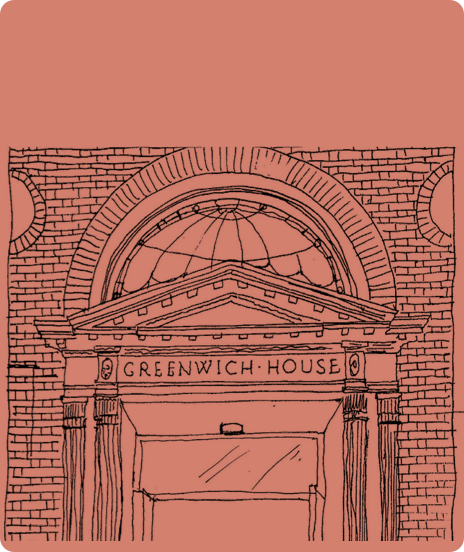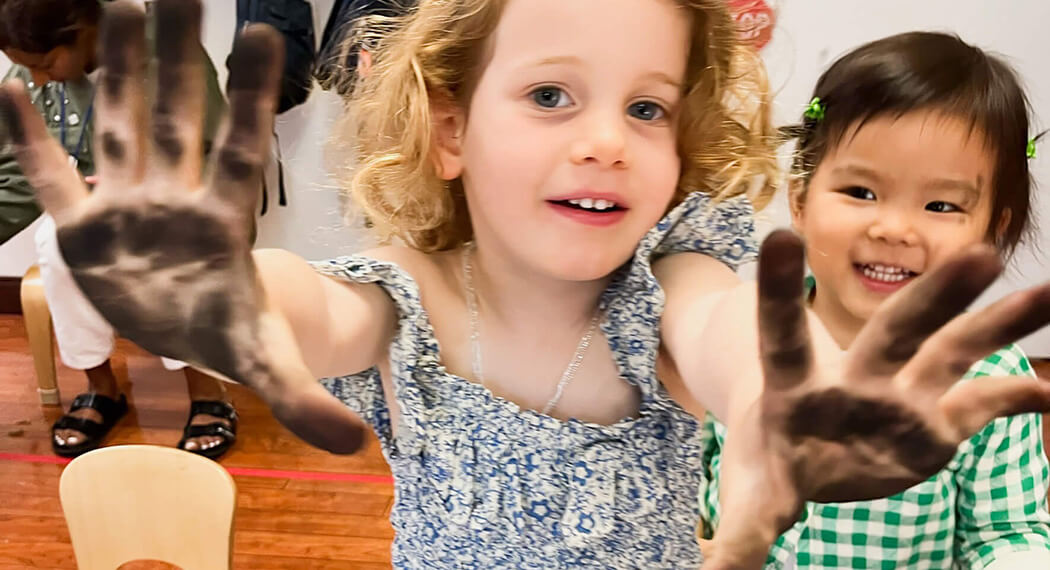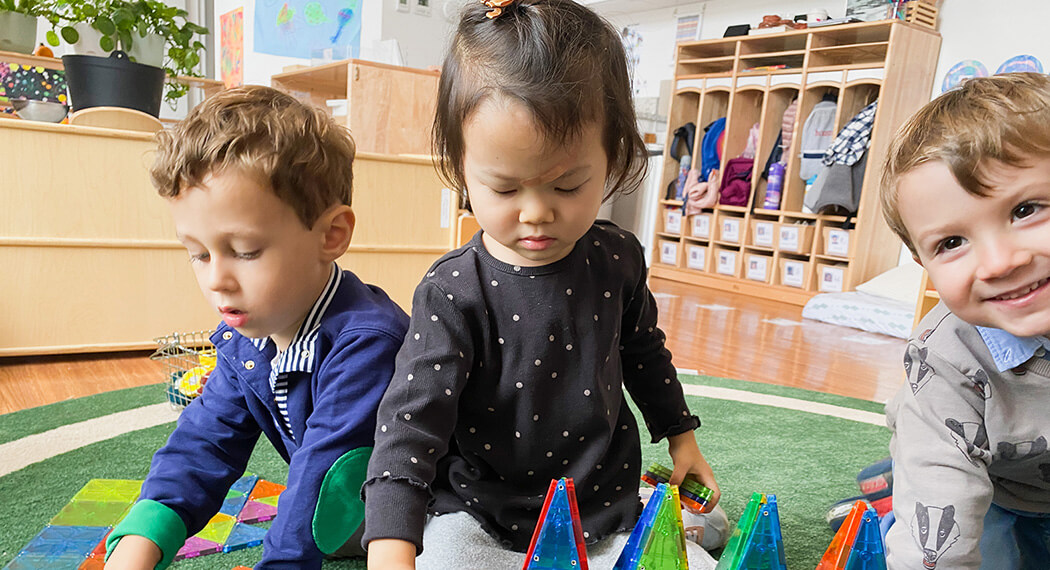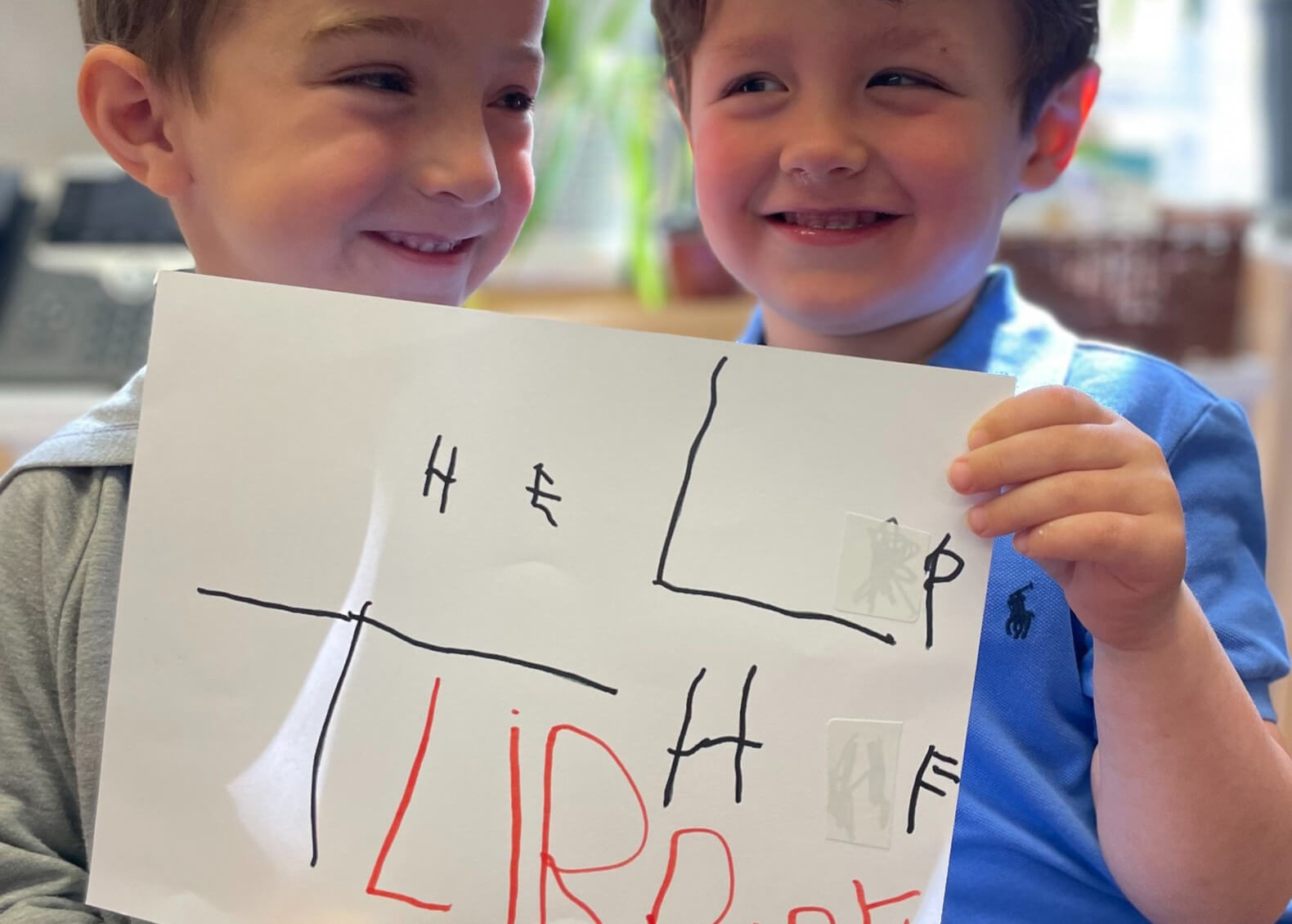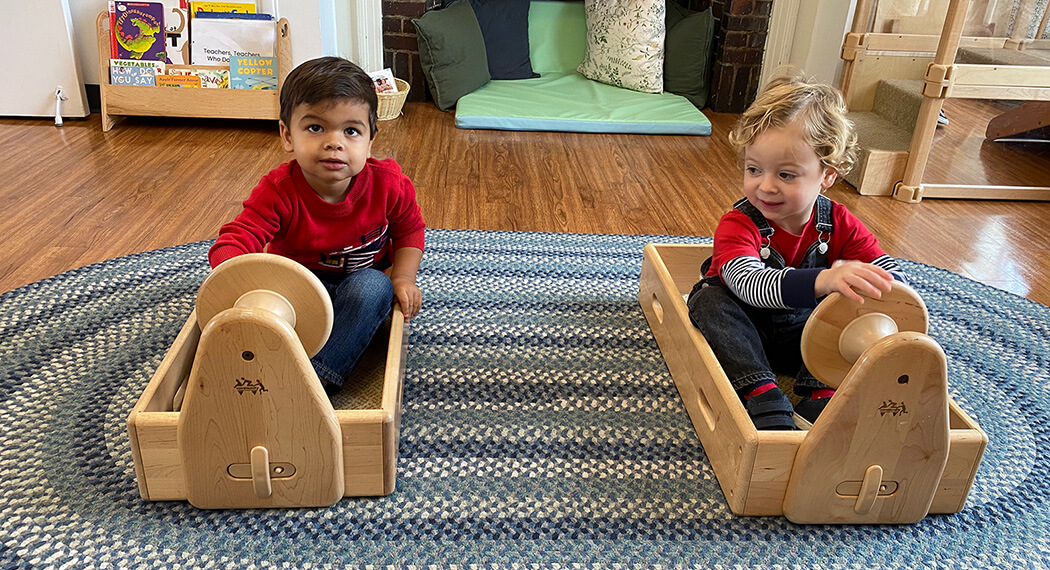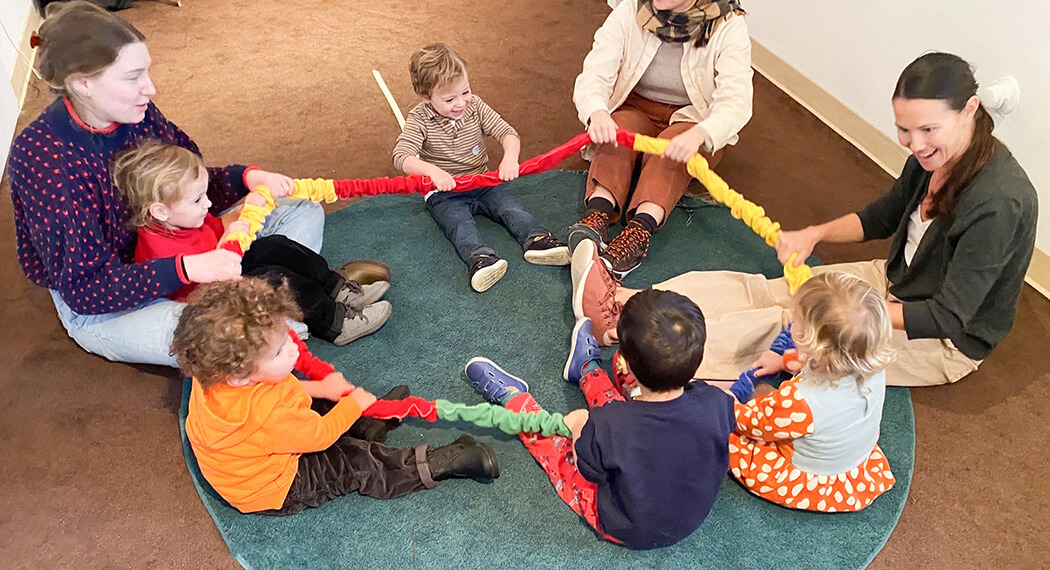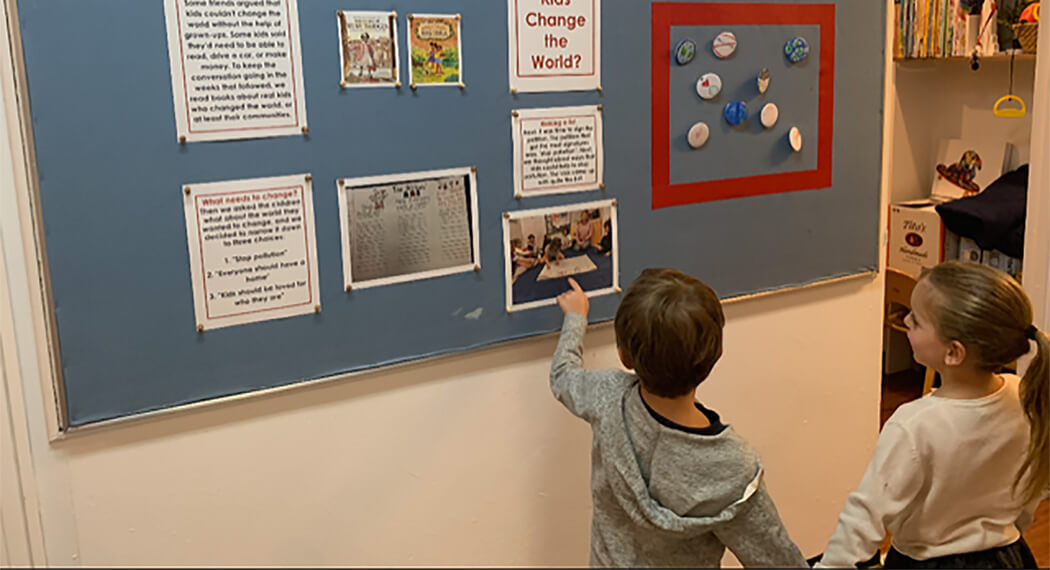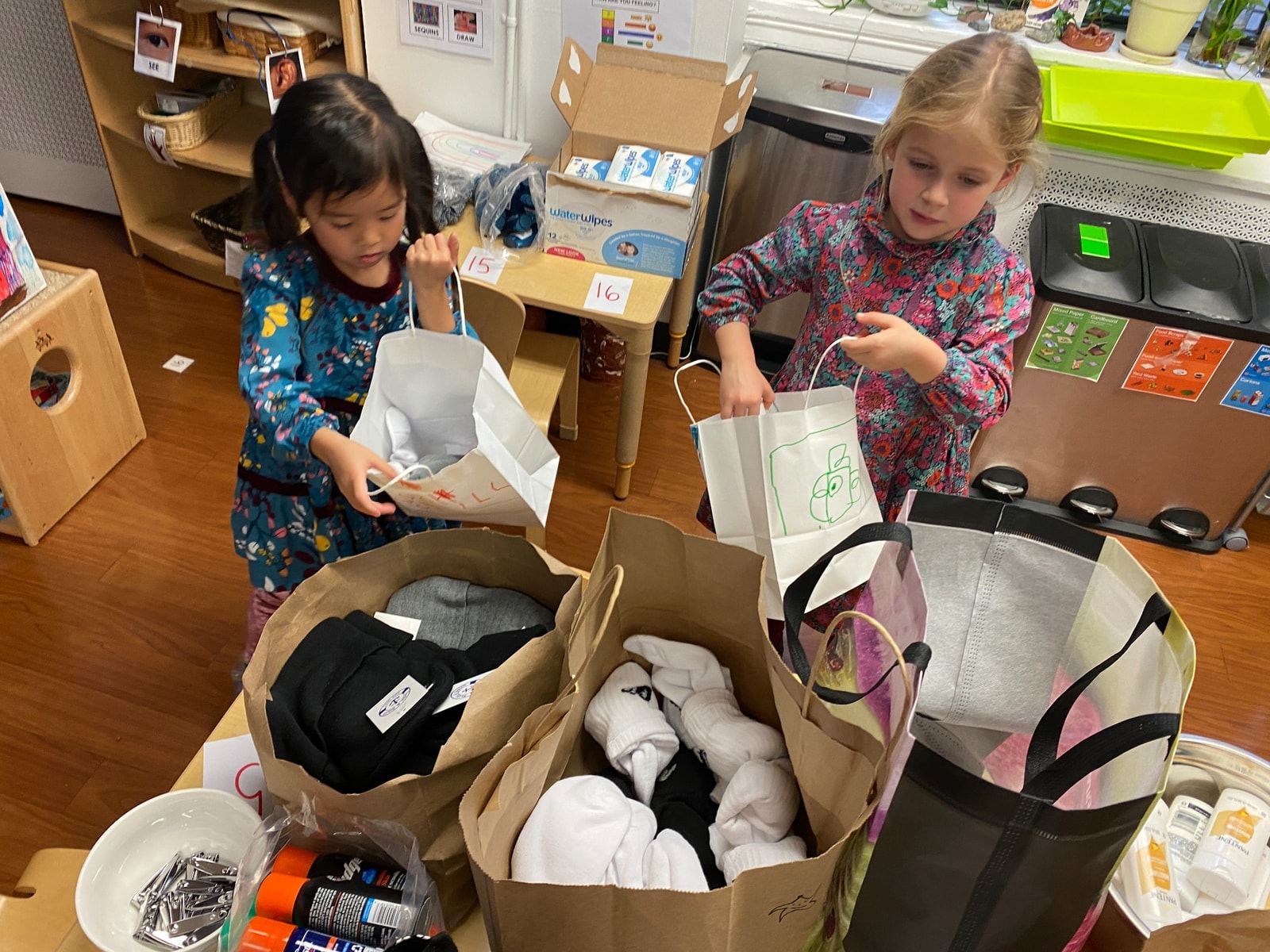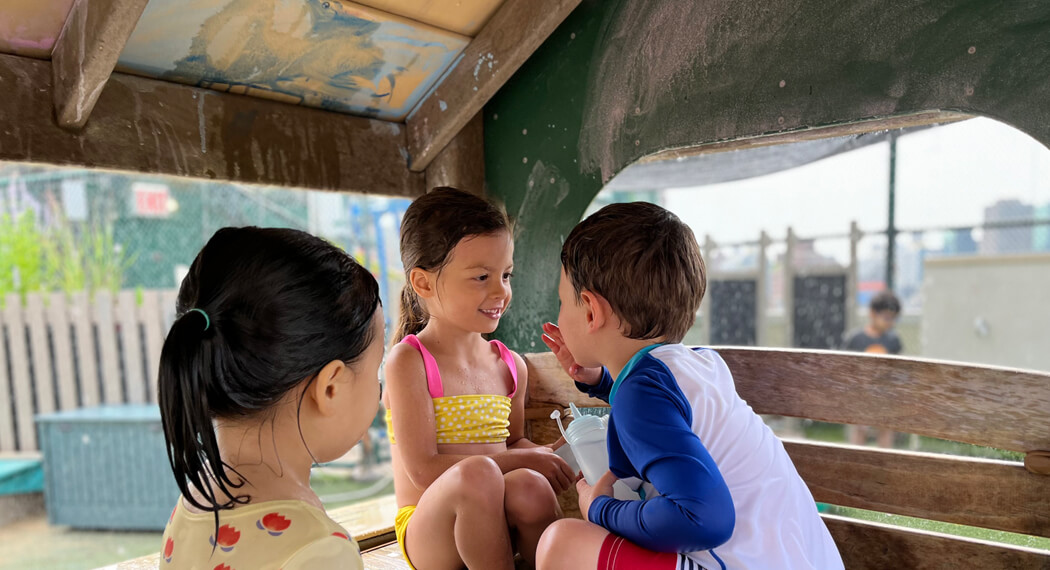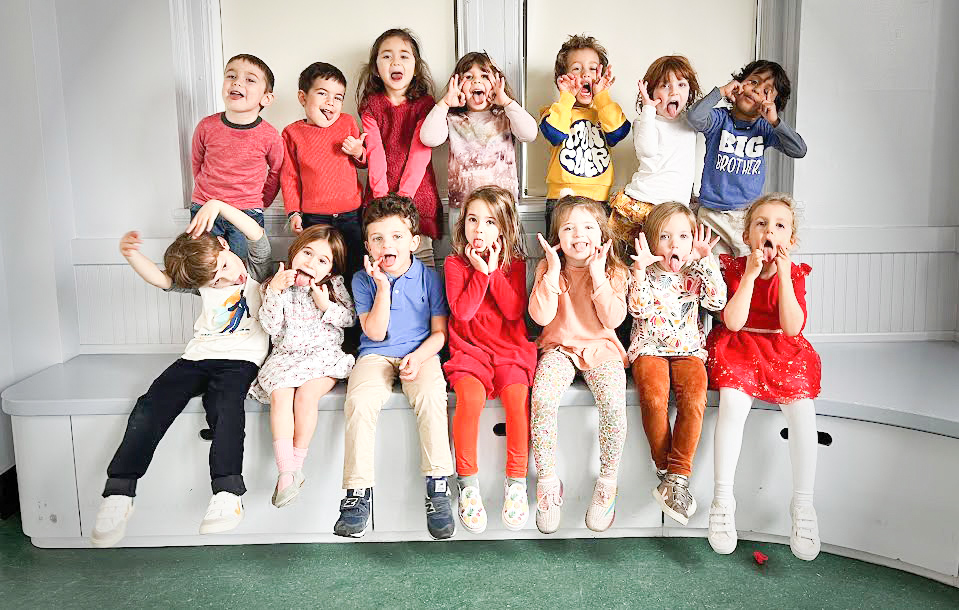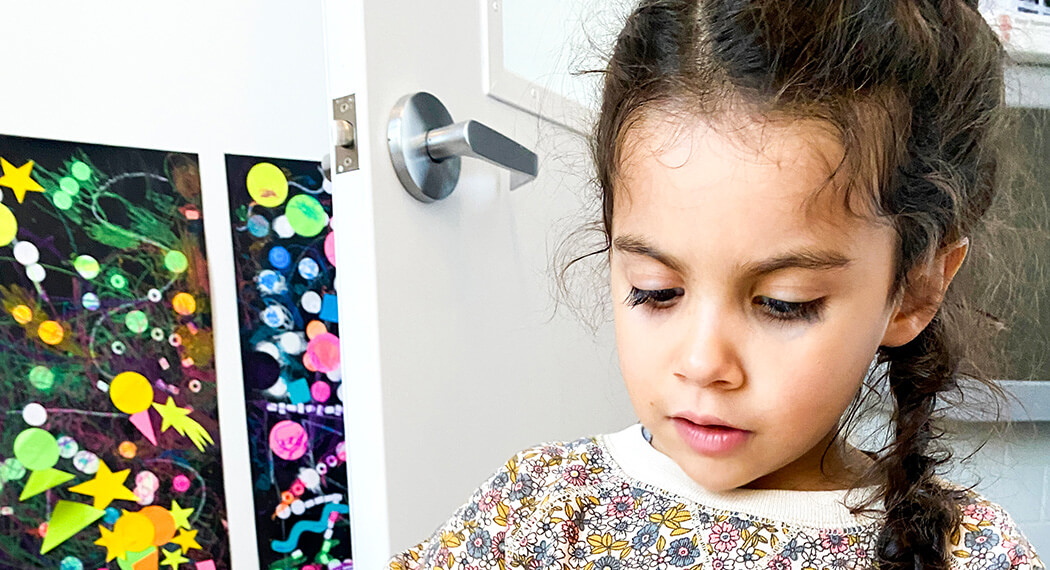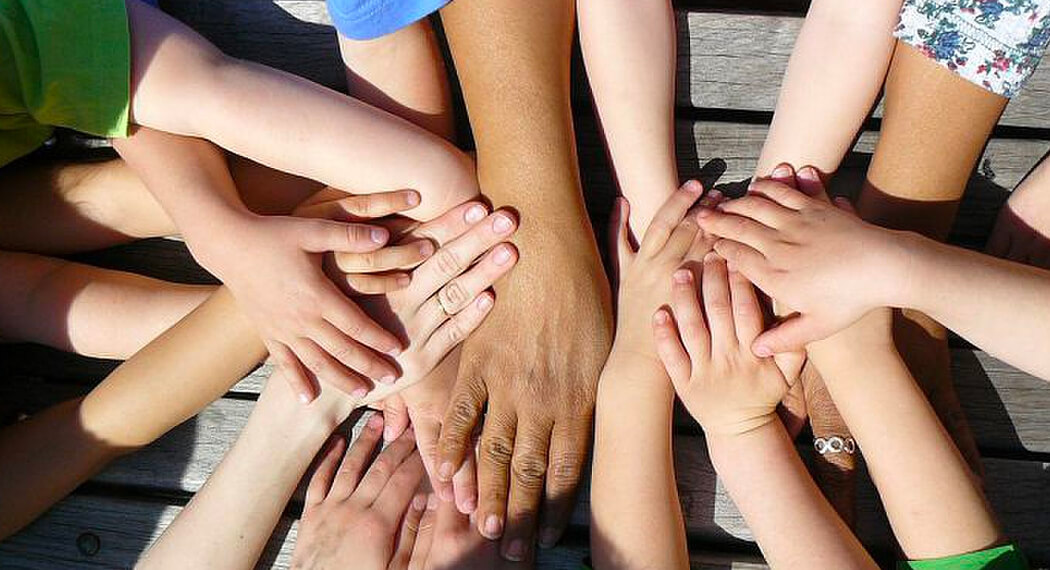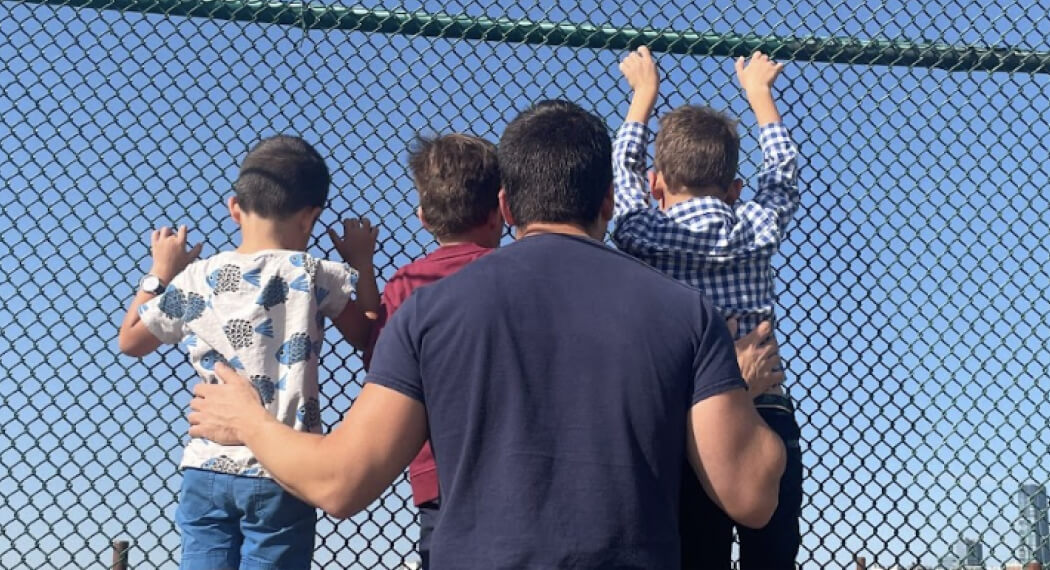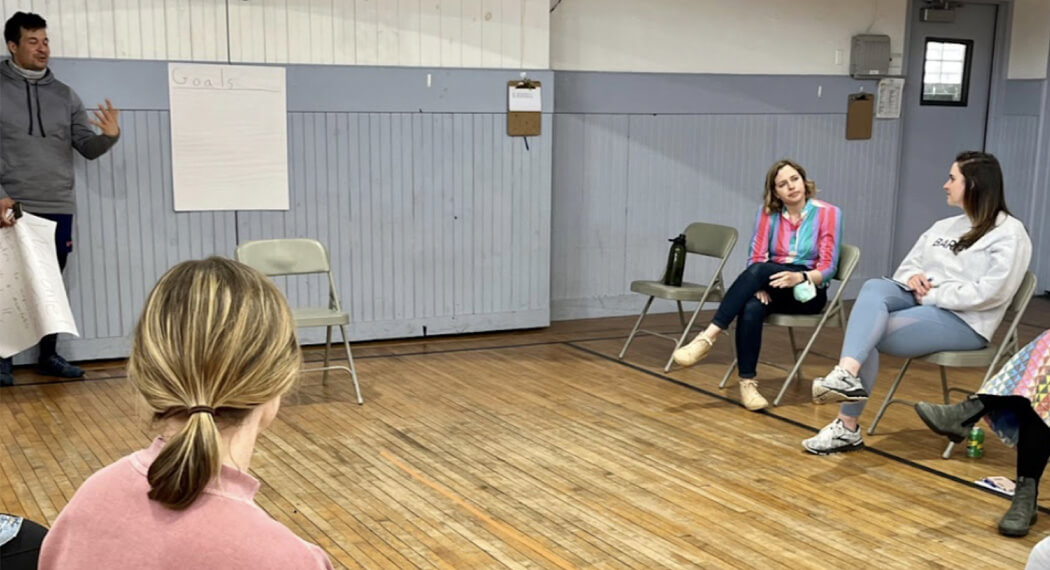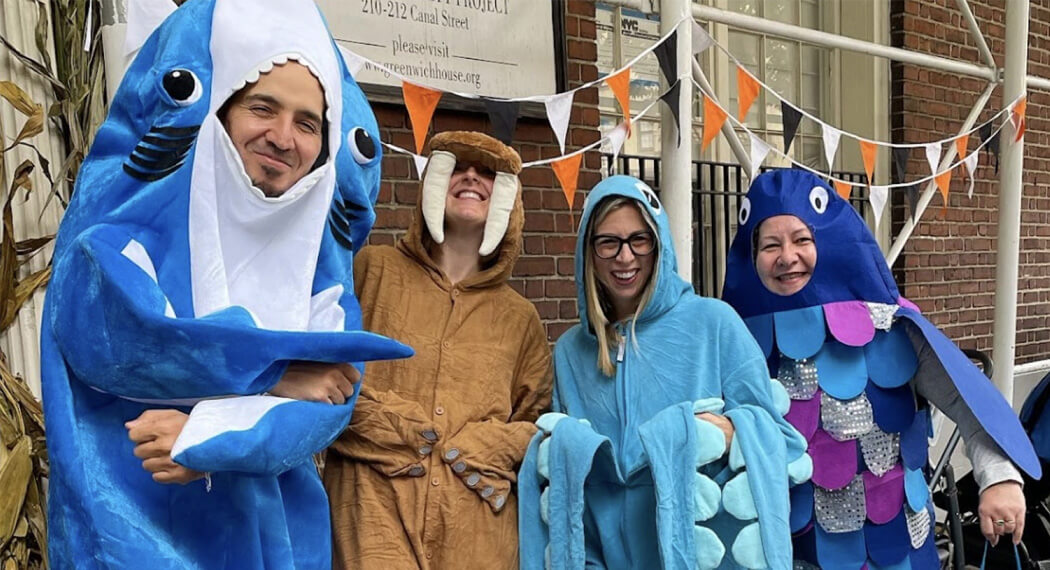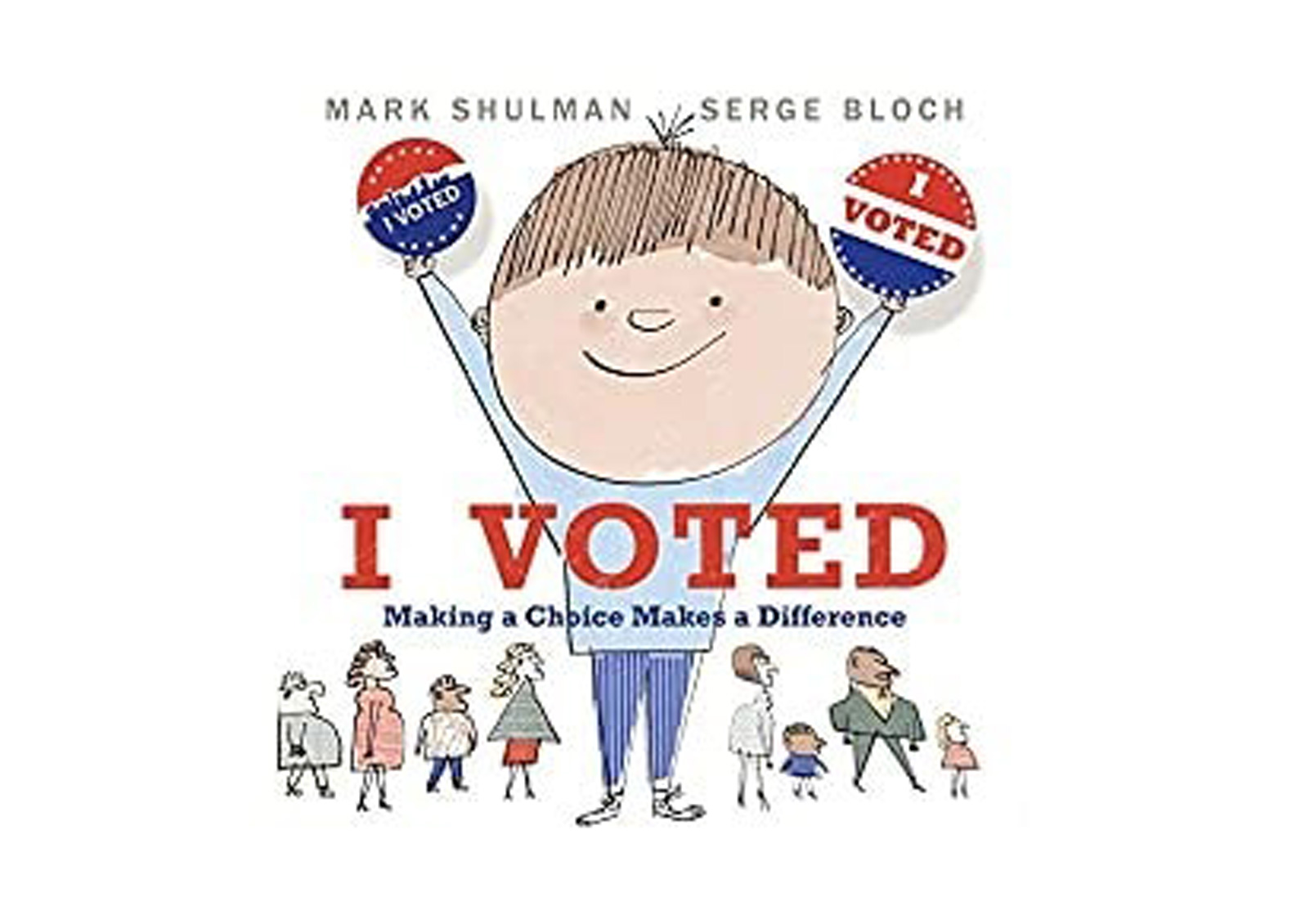For the past several weeks, many classrooms at Barrow have begun to engage in a yearly tradition that is near and dear to our community — voting for class names. It is a special event for each class because it supports the creation of a strong sense of community, but also because embedded within this activity there are a multitude of meaningful learning concepts. Children gather understanding in the following ways:
• Math (more and less, counting votes)
• Civics/Social Justice (how voting works, fair and unfair, choice)
• Literacy (signs and pictures, reading and writing letters and numbers)
• Social-Emotional development (how to advocate for what you want/believe, how to handle when you disagree with other people, managing disappointment).
Election Day is right around the corner (early voting has already started in New York!), and it is not lost on us, as educators, that any election year presents us with an opportunity to engage our students in one of the most dynamic and meaningful civic events our country has. We have a chance to make real-life connections that can help our youngest citizens understand democracy. Research also shows that voting habits are formed early, and simply exposing young children to democratic processes develops their future capacity and willingness to exercise their rights to take civic action.
Though it can feel hard to know exactly how to talk to your children about voting, especially during such a contentious election season, we want to encourage you to dive in and think about how you can support your child’s understanding of how voting/government works using some of the ideas outlined below.
These types of discussions are one of my favorite things about working in education, so please reach out at any time with thoughts and questions, or if you’d like support in discovering the learning that occurs at Barrow or in your child’s everyday experiences.
And don’t forget to VOTE!
✌,
Samson
Tips for Engaging Children in Election Season:
• One of the best ways to engage children is to bring them with you to the voting booth. If you vote by mail, show your children the ballot.
• Young children absolutely understand that voting is a way for people to make decisions. Try having a family vote every now and then — what to eat for dinner, what game to play — as a way to demonstrate this concept.
• Tell your children who you are voting for and why. It is important for them to hear about what is important to your family and what your values are.
• Point out election signs, bumper stickers, television commercials, etc., and encourage your child to notice them. This gets them excited about the conversation and is how we learn about candidates and issues.
• Young children can see and feel your emotional response to hot button political issues (and may sometimes feel they are the cause of your reactions). Try to stay positive with regard to the election, and if they see you get upset, explain why you are having certain feelings, reassuring them it is not their fault.
• Model and practice respectful disagreement. Children need practice using strategies for managing disagreements. Show them how you take a break to cool down when you lose your temper, and help siblings come up with a compromise when a disagreement arises, for example.
Books About Voting and Elections
V is for Voting by Kate Farrell
I Voted: Making a Choice Makes a Difference by Mark Shulman and Serge Bloch
Duck for President by Doreen Cronin and Betsy Lewin
Vote for Me! by Ben Clanton
Sofia Valdez, Future Prez by Andrea Beaty

